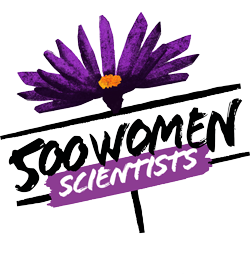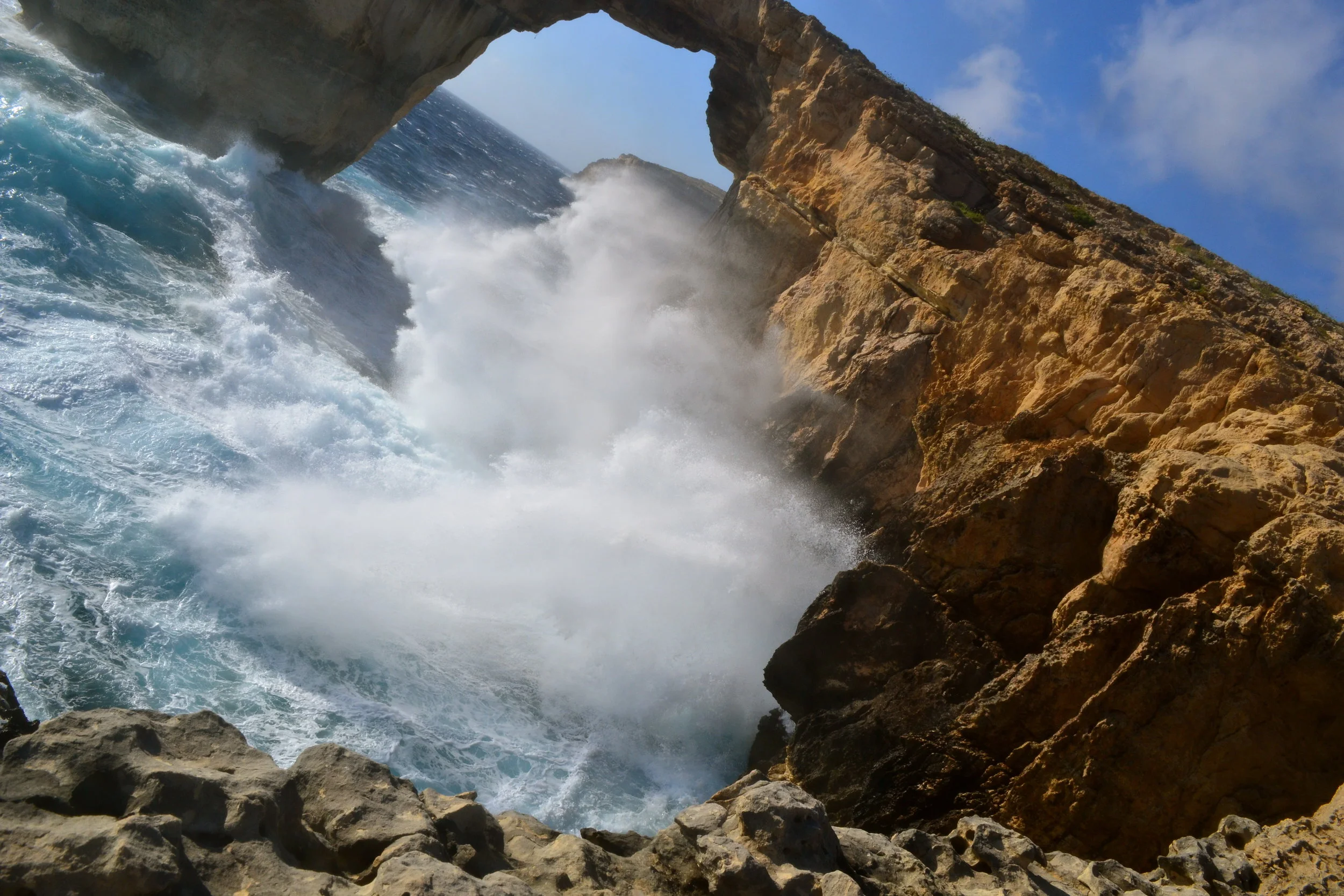On a scientist's meandering career path, we confront many questions. There are the obvious questions: what major should I choose? What graduate school should I attend? Which post-doc(s) should I apply for? Should I stay in academia, go into government, or find a job in a private sector?? Then there are the less obvious questions, the questions that plague most of us, not just scientists: Why am I doing this? Does my work even make a difference? How can I make a more positive impact on society? For Kelly Fleming, one of the leaders of 500 Women Scientists who has struggled with all of these questions, her path in science and in life demonstrates that sometimes, it's best to not waver and just jump in. She is discovering that she can only make a difference if she is moving forward.
What does 500 Women Scientists mean to you and why have you chosen to become a leader of the movement?
After the election, I felt a mixture of fear, insult, and motivation to do something. I wanted to help the people who would be most impacted by the outcome. 500 Women Scientists represented everything I wanted to promote; it is the intersection of science with economic and social issues. I became a leader so that I could use the resources that I have to help move the country back in the right direction. I want to be the role model for girls and a voice for science.
I’m excited that 500 Women Scientists has gained enough momentum and support to start making a global impact. We have women scientists in nearly every state and over 100 countries! That is a huge pool of resources to do some good for the world. The fact that there are over 16,000 women scientists who have pledged with us is heartening and encouraging and I cannot wait to see what kind of difference we will make when we put that many brilliant minds together.
I want to work to highlight the struggles that women and other underrepresented groups face from childhood through their entire STEM careers. Understanding the systemic reasons that groups are underrepresented are the first steps in ensuring that we push to include voices and ideas from all corners of the world. Unique ideas from diverse people are what fuel innovation and solve complex problems.
Give us a little background. How did growing up in Colorado influence your path as a scientist?
I had the amazing fortune to grow up in the foothills of Colorado, in Lakewood. I was raised by employees of the National Park Service, which gave me a unique fondness for the environment and the diversity of the United States’ landscape.
My dad is an environmental engineer and encouraged my curiosity about the universe. I incessantly pestered him with questions about why there were seasons, why the sky was blue, and how airplanes could fly. He patiently used props and metaphors to explain complex issues to me. My mom encouraged me with examples of independent women. I was lucky to have strong female role models teaching me math and science in high school.
The mixture of these experiences, paired with a specific enlightening high school class led me to the conclusion that I would be a chemical engineer. We watched a documentary on climate change when I was in high school. I was genuinely concerned about what humans were doing to the planet, and I wanted to use science and engineering to solve that problem by discovering a new energy source. Throughout college, I made it my goal to learn about the diverse energy landscape and learn how each of those sources impacts the planet.
How did you end up in Washington, DC as a AAAS (American Association for the Advancement of Science) Science and Technology Policy Fellow?
While doing research as an undergraduate in the Colorado Fuel Cell Center and then the National Renewable Energy Laboratory, I came to the realization that I needed to continue going to school if I wanted to be a research scientist and find a new, clean source of energy. My love of outdoor recreation and the prestige of the program led me to graduate school at the University of Washington in Seattle. There, my research used theoretical chemistry to learn previously unknown details about chemical reactions that are important for turning biomass into fuel.
I’ve always been a political junkie, and I found myself closely following the growing political divide on climate change. While I was in graduate school working to find the very specific, small (literally) details of a single reaction, I had trouble explaining why my research was important, even though I knew it was part of the bigger solution in climate change. So, I set out to fix that and enrolled in courses to help scientists communicate. It was frustrating watching politicians and political correspondents incorrectly represent the science on energy and the environment. I started wondering why scientists aren’t more involved in forming and explaining the policy that their work is informing.
Through my journey, I decided communicating science to policymakers and the public was how I could make the most impact (plus, I really enjoy it). The AAAS fellowship was the most logical way to start a career in science policy, and I did everything I could to make sure I was a top candidate for it. Little did I expect that my first year in the government would be the same year as one of the most shocking election outcomes in history. It is more important than ever to engage scientists in policy roles, and my time in the fellowship will be a unique one.
You came to DC for science policy. Where do you see yourself heading from here?
Although I haven’t pinpointed my long-term career aspirations, I do want to stay in science advocacy and policy. The path that the U.S. goes down in the next few years will shape science in the United States and the world for decades. I want to spend the next few years doing everything I can to make sure the U.S. continues to be global leader in science and does so as a diverse and inclusive melting pot of brilliant minds.
In the future I would like to become a policy advisor, or perhaps run for office at some point in my life. I have also always wanted to teach at the high school or college level at some point in my career. Overall, I just want to make a positive impact on society using the skills and training I have been fortunate enough to receive.
For women looking to enter the science policy arena, what advice would you give?
Scientists can enter into policy at any stage in their career, and scientists are needed in policy more now than they ever have been. My advice would be to practice telling your science like a story – instead of focusing on the “how” (AKA the methods), focus on the “why.” Policy-makers and the people who benefit from your research don’t care what kind of spectroscopy you are using. Other than that, jump right in! Policymakers need you!
Kelly Fleming is a Science and Technology Policy Fellow for the American Association for the Advancement of Science (AAAS). She grew up in Colorado with a special appreciation for the environment, raised by National Park Service employees. She always had an interest in preserving the environment combined with scientific curiosity, which led her to choose a career in chemical engineering with the goal of using science to help make the earth a better place to live.
In addition to actively participating in AAAS fellowship outreach groups, she currently serves on the leadership board of 500 Women Scientists, as the Policy and Advocacy lead. With outreach, she hopes to promote an inclusive and diverse scientific community to solve global challenges. Kelly earned a a B.S. in chemical engineering from the Colorado School of Mines and a Ph.D. from the University of Washington focusing on molecular simulations of reactions relevant in processing biomass into fuels.
In her spare time, Kelly enjoys spending time in the outdoors hiking, backpacking, snowboarding, snowshoeing, and climbing. She is also an avid NFL viewer and has previously blogged about the Broncos for SB Nation.



